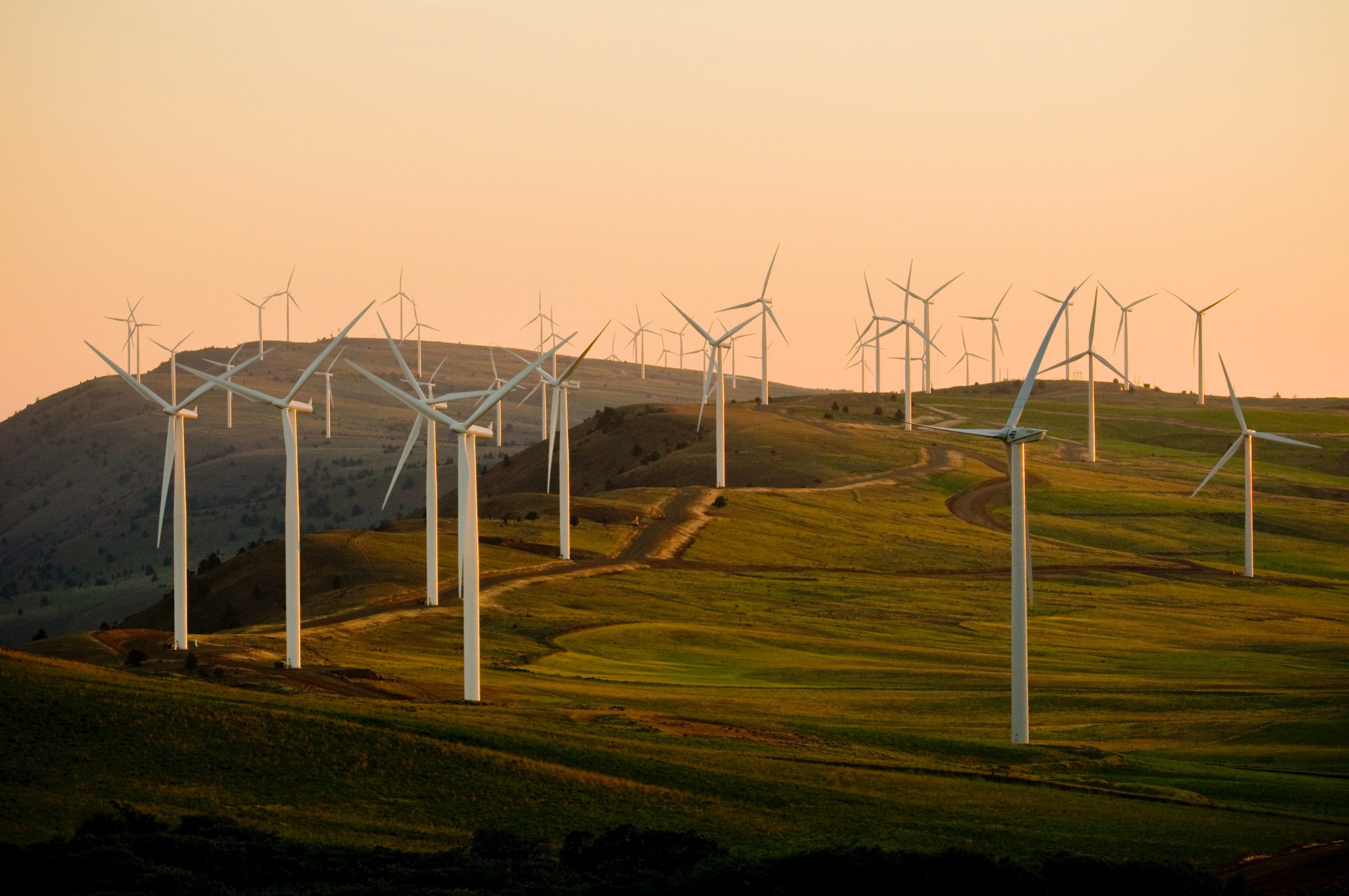Cashing in on Carbon Offsets: Reducing Emissions Could Save Businesses Billions

Many of the largest global businesses are investing in carbon offsets, including Procter & Gamble, Amazon, Microsoft, General Motors and Apple. Carbon offsets aim to counterbalance a company’s emissions through investments that help pull carbon from the atmosphere. These projects can take a variety of forms, such as landfill gas capture (Google) or forest restoration and mass tree planting (Procter & Gamble).
Given the scope of their worldwide operations, these large companies have the greatest potential to scale the impact of carbon offset solutions – if executed correctly. In order for carbon offsets to be a viable business solution for the planet, companies must also invest in ways to reduce their production of carbon emissions.
Apple invests in carbon offsets and clean energy solutions
Apple’s pursuit of aligning its operations with net-positive solutions doesn’t stop at the purchase of carbon offsets. Rather than continuing business as usual and purchasing carbon credits to offset the impact, the company is committed to applying solutions across their supply chain, including an investment in clean energy.
“A lot of times you hear companies say we’re carbon neutral, but they’re buying offsets. And that might work for some companies. But to me, the bigger we are, the more responsibility we have that that carbon neutral is actually clean energy,” said Lisa Jackson, Apple’s VP of Environment, Policy and Social Initiatives, in an interview on the Jane Goodall Hopecast.
According to Jackson, 80% of all the energy used by Apple is clean energy sourced from grids and clean energy projects they’ve built and invested in around the world. Rather than sticking with traditional energy sources and purchasing carbon offsets to neutralize emissions, the company is placing most of its focus on reducing the amount of emissions it creates in the first place.
Carbon offset critics point to greenwashing
Critics of carbon offsetting are concerned that purchasing carbon credits gives the planet’s greatest polluters an opportunity to greenwash, making it appear to consumers that they are making more of a positive impact on the planet than they truly are. What good is investing in carbon offsets in one area of the world, if your business operations continue to create emissions on the other side of the world?
The concern around greenwashing is valid; a study by Terrachoice indicated that, over a 2 year period, the number of products that made green product claims increased by 79%, but 98% of those products were guilty of greenwashing. If a company wants to invest in carbon removal projects without falling to greenwashing, it needs to focus an equal amount of effort in carbon reduction as it does carbon offsetting, if not moreso.
It’s not enough to offset, businesses must reduce overall emissions
Apple is committed to achieving 75% of its carbon neutrality goal by reducing emissions, and the remaining 25% will be achieved through carbon removal projects, such as habitat restoration and tree planting. While Apple’s global corporate operations, including offices and data centers, are already carbon neutral as of 2020, the company’s goal is for its entire supply chain and products to be carbon neutral by 2030.
How will Apple reduce its emissions? 75% of the company’s overall carbon emissions are created through product manufacturing. So, Apple’s goal is to help the thousands of suppliers that are part of the manufacturing work towards clean energy and carbon neutrality. The company set up a $100 million fund to provide capital to suppliers to invest in energy efficiency projects.
As for Apple’s carbon removal projects, the company is partnering with the Intergovernmental Panel on Climate Change, the U.N. Climate Convent, and Verra to ensure that its efforts towards reforestation and protecting biodiversity meet scientific standards to maximize carbon offset potential.
Carbon offsets could save your business billions
Given that carbon offsets and emission reduction efforts require a heavy investment, businesses may be left wondering: How does this affect our bottom line? What is the return on investment? Is this worth it?
Ensuring a healthy future for our planet is, of course, always worth it. But, there is also opportunity for businesses to widen their profit margins while reducing their carbon footprint. The price tag on such an investment may seem like a lot upfront, but emission reduction efforts pay for themselves fairly quickly due to the operational efficiency that often results from such projects.
A study by the Carbon Disclosure Project (CDP), a global disclosure system that measures the environmental impact of the world’s largest companies (a network worth $35 trillion), revealed that CDP disclosers estimate emission reduction activities saved an average of $50 billion per year.
One example is global IT leader, Hewlett-Packard (HP), which invested in energy-saving solutions that ultimately saved more than $65 million through energy efficiency, while also helping suppliers avoid 800,000 tonnes of carbon emissions.
Carbon offsets can help us work towards a drawdown effect that will improve our atmospheric conditions. However, businesses shouldn’t view carbon credits as a band-aid solution that excuses the impact their operations have on our planet. If the world’s largest companies apply strategies for emission reduction, clean energy and more, we can scale solutions and collectively build a better future for our planet home.


Leave a Reply